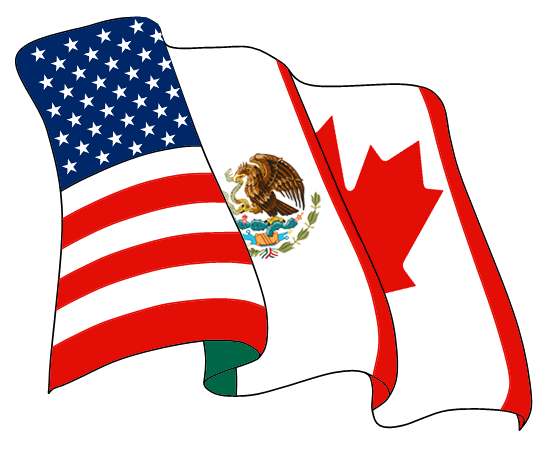In a recent merger, SABMiller was bought by Anheuser Busch InBev for 106 billion U.S. dollars. This merger creates the largest beer manufacturer in the world and will comprise 31 per cent of the global beer market. The closest competitor to that number is Heineken, with a mere 9 per cent market share. This deal is expected to come with scrutiny from the public as it causes a dramatic decrease in competition.
In theory, this massive conglomerate will benefit from economies of scale as they will be producing beer at an unprecedented level. These savings could be passed on to the consumer in the form of lower prices but it is also a possibility this will result in a less competitive market. That would mean higher prices for beer drinkers as competition decreases and alternatives disappear. When a company has such a large share of the market, there arises a fairly large barrier to entry. Setting up a brewery is a difficult process that requires a large amount of capital, machinery and goods such as hops and barley. I think this could also cause consumers to turn to smaller, local breweries such as Granville Island Brewery in Vancouver. Some consumers will be more inclined to support small businesses, especially because some of these beers can market themselves as trendy and different. Beer is becoming less popular of a choice for Canadians as an alcoholic beverage already, as it has seen its share of the alcohol market deplete from nearly half in 2003, to 43 per cent in 2013.
It is possible that governments will not approve the sale as it will give such a large share of the beer market to Anheuser Busch InBev. The U.S. Justice department is reportedly investigating the merger to determine if it would limit competition too much for approval.
Media Reference


